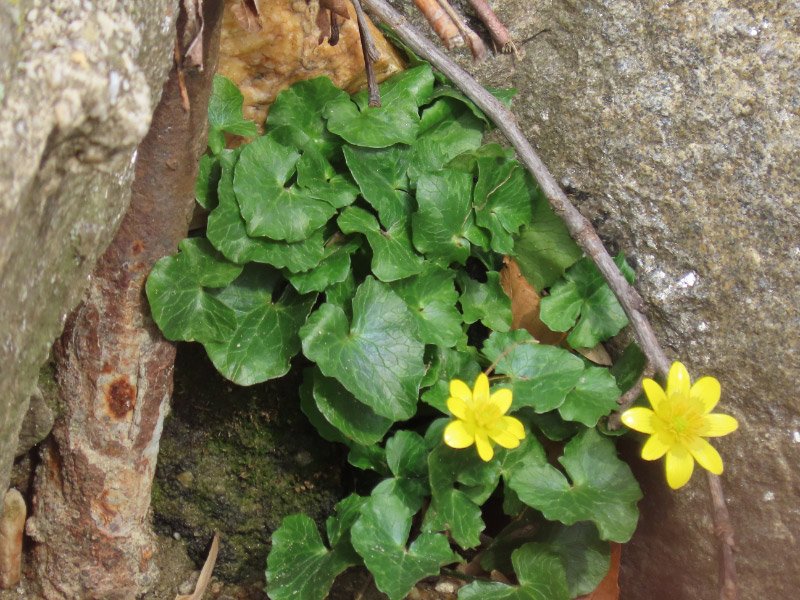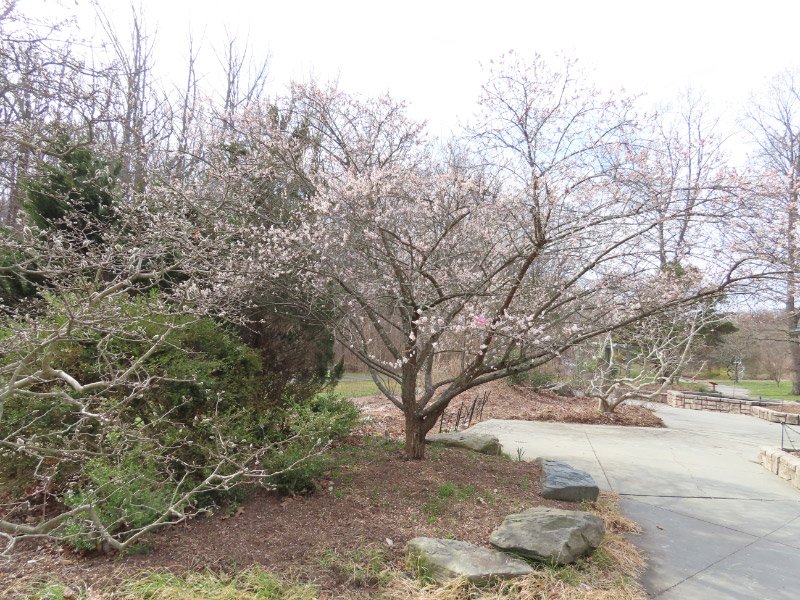Identifying Woody Plants Class – the finale
/The last Identifying Woody Plants class of the semester was this past week. Since I am not taking the class for credit, I am not taking the final next week!
The first part of the class was a quiz identifying woody plants from pressed specimens. It was not hard because we had previewed the species on the quiz in pressed form during the previous lab. But….I forgot to underline the scientific name…so no ‘perfect’ score for me.
Next – we took the 5 plants we had each put in presses out. I took pictures of mine with the black lab table in the background:
River birch – Betula nigra – Betulaceae
Pin oak – Quercus palustrilus – Fagaceae
Virginia creeper – Parthenocissus quinquefolia – Vitaceae
Japanese barberry – Berberis thunbergii – Berberidaceae
Fragrant sumac – Rhus aromatica – Anacardiaceae
Then we mounted one of our specimens for the herbarium and put our labels in the newsprint folders with the rest. I choose to mount the river birch since the catkins has stayed attached. The close second was the Japanese barberry since it had fruit. The mounting process uses glue and then weights to hold the specimen in place for it to dry.
I took pictures of some specimens from other students: yew, red oak, winter creeper, pink silk tree, sweet gum, eastern redcedar (two of them), and bur oak.
After that project, there was a review for the final which I stayed for…as a wrap up for the class. It was a good way to ‘end.’
I’ll miss the weekly class…the field trips and interactions with the other students and professor during the field sessions. I got contact info for a few of them…plan to take them to lunch sometime next semester on days I am on campus for a geology class (with lab).





























































































































